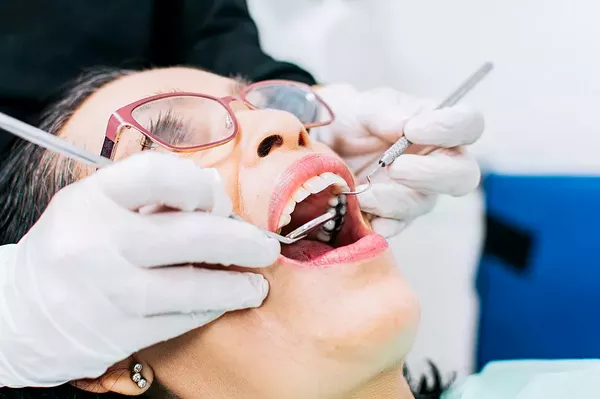Gingivitis, characterized by inflamed gums and early-stage gum disease, can be effectively addressed with appropriate home care. Understanding how to treat gingivitis at home empowers individuals to take proactive steps in managing their gum health. This article provides a comprehensive guide to home treatments for gingivitis, emphasizing practical and achievable strategies.
1. Establish a Consistent Oral Hygiene Routine
The cornerstone of at-home gingivitis treatment is a consistent and thorough oral hygiene routine. Follow these key steps:
Brushing: Brush your teeth at least twice a day with a fluoride toothpaste and a soft-bristled toothbrush. Pay careful attention to gumlines and ensure that you cover all tooth surfaces.
Flossing: Flossing is crucial for removing plaque and debris from between teeth and along the gumline. Aim to floss daily, using a gentle and effective technique to avoid causing additional irritation.
2. Rinse with Antiseptic Mouthwash
Incorporating an antiseptic or antibacterial mouthwash into your routine can enhance your gingivitis treatment. Look for a mouthwash with the American Dental Association (ADA) seal of approval, as it indicates the product’s effectiveness and safety. Rinse as directed on the product packaging, usually after brushing and flossing.
3. Warm Saltwater Rinses
A simple yet effective home remedy for gingivitis is rinsing your mouth with warm saltwater. Mix a teaspoon of salt in a glass of warm water and swish the solution around your mouth for 30 seconds to a minute. This can help reduce inflammation and promote healing of irritated gums.
4. Use a Hydrogen Peroxide Rinse
Hydrogen peroxide, when used in moderation, can serve as an antimicrobial agent. Create a mixture of equal parts water and 3% hydrogen peroxide. Swish this solution in your mouth for about 30 seconds and then spit it out. Avoid swallowing the mixture, and limit its use to a few times per week.
5. Apply Aloe Vera Gel
Aloe vera, known for its anti-inflammatory properties, can be applied to soothe irritated gums. Use a natural, pure aloe vera gel and rub a small amount onto your gums. Allow it to sit for a few minutes before rinsing your mouth with water. This can be done a couple of times a day.
6. Green Tea Antioxidants
Green tea contains antioxidants that may help reduce inflammation and promote gum health. Brew a cup of unsweetened green tea, allow it to cool, and use it as a mouthwash. Swish the tea in your mouth for 30 seconds to a minute before spitting it out.
7. Maintain a Healthy Diet
Your diet plays a significant role in overall health, including gum health. Ensure you are getting essential nutrients, particularly vitamin C, which supports gum tissue health. Incorporate fruits, vegetables, and foods rich in vitamins and minerals into your diet.
8. Quit Smoking and Limit Alcohol Consumption
Smoking is a major risk factor for gum disease, including gingivitis. Quitting smoking can contribute significantly to gum health. Additionally, limiting alcohol consumption supports overall health and helps maintain a strong immune system, crucial for fighting gum infections.
9. Stress Management Techniques
Stress can impact your immune system and make you more susceptible to gum infections. Incorporate stress management techniques into your daily routine, such as exercise, meditation, or deep breathing exercises.
Conclusion: Nurturing Your Gums for a Healthier Smile
In conclusion, treating gingivitis at home involves a combination of consistent oral hygiene practices, natural remedies, and lifestyle adjustments. Empowering yourself with knowledge on how to treat gingivitis at home enables you to take proactive steps in nurturing your gum health. Remember, if symptoms persist or worsen, seeking professional dental advice is crucial to prevent the progression of gum disease. With these practical strategies, you can embark on a journey to a healthier smile from the comfort of your home.
How to treat early stages of gingivitis?



























